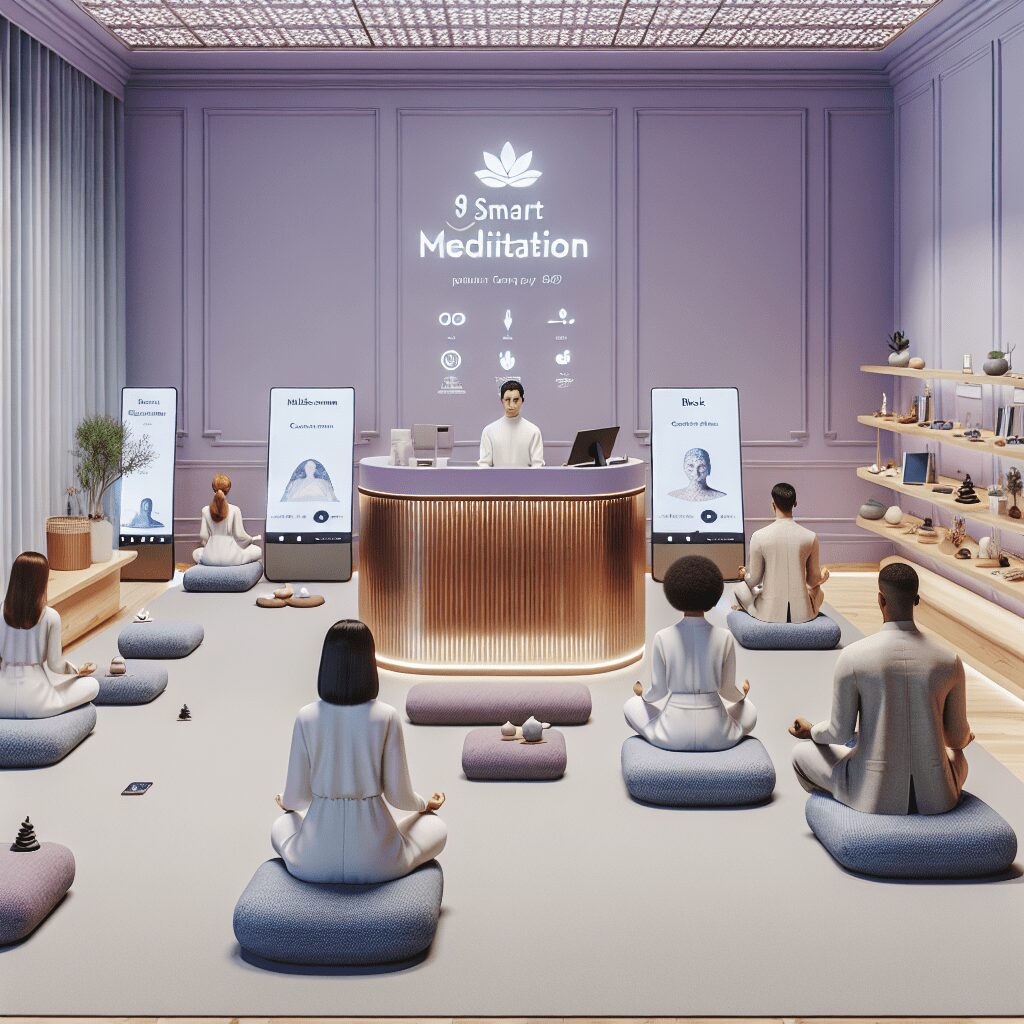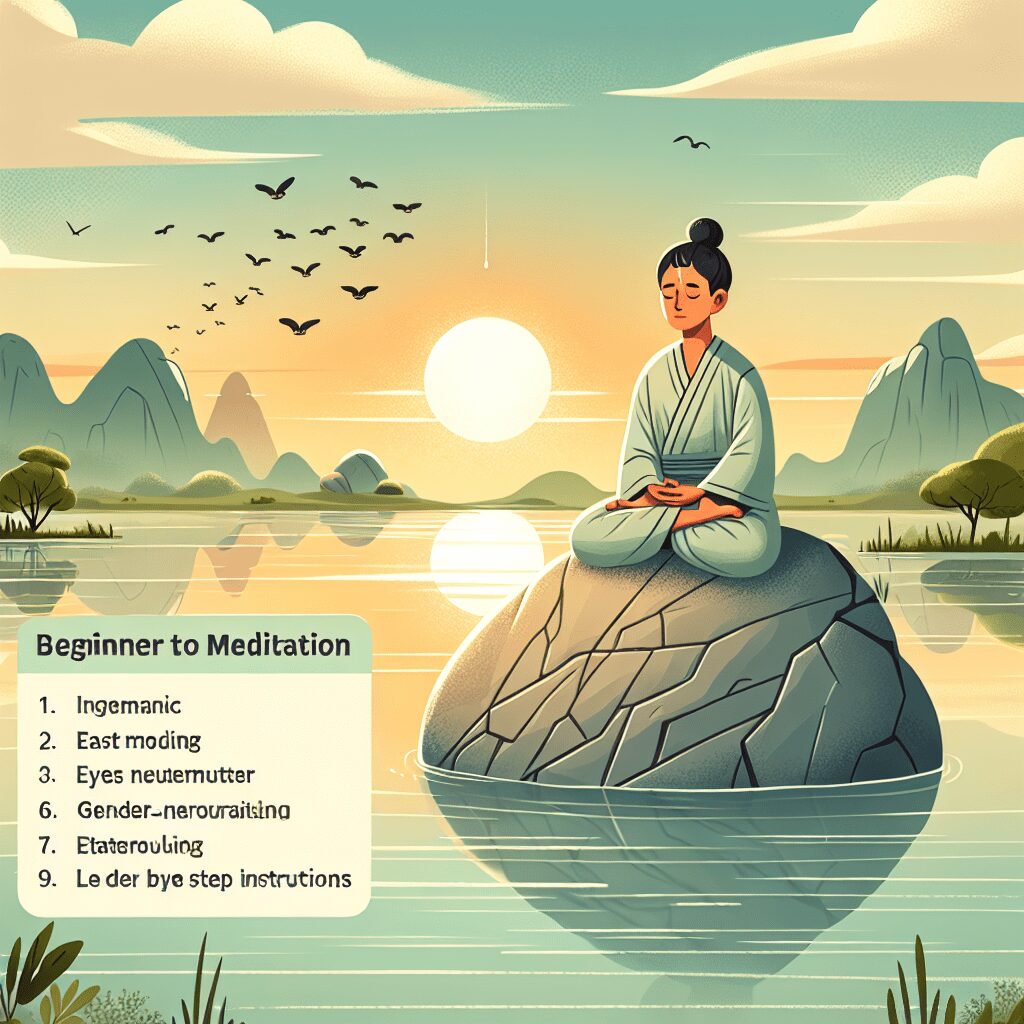
Prioritize your mental well-being daily. Enhance your life by nurturing your mental health with the Smart Meditation app. Break free from stress, alleviate anxiety, and enhance your sleep quality starting today.
How Is Social Anxiety Disorder Different From The Other Anxiety Disorders?
Unveiling the Mystery: Social Anxiety vs. Other Anxiety Disorders
In the grand tapestry of mental health, the thread of anxiety is woven deeply throughout, manifesting in various forms and hues. Among these, Social Anxiety Disorder (SAD) stands out, not just for its prevalence, but for its distinct nature when compared to its counterparts. So, let’s dive headfirst into the nitty-gritty, separating fact from fiction and SAD from the rest of the anxiety pack.
The Unique Beast: What Sets Social Anxiety Apart?
At first glance, Social Anxiety Disorder might seem like just another face in the crowd of anxiety disorders. But, lo and behold, it’s got a few tricks up its sleeve that make it a unique player on the field.
The Social Stage Fright
Imagine you’re about to step onto a stage, but instead of performing, your task is simply to partake in everyday social interactions. Sounds like a walk in the park, right? Well, not for someone with SAD. For them, everyday social scenarios—be it striking up a conversation, meeting new people, or even eating in public—feel like being under a harsh spotlight, with an audience ready to judge their every flub and faux pas. It’s not just getting butterflies in the stomach; it’s more like having a whole swarm of bees buzzing inside, making regular social interactions immensely overwhelming.
The Fears Are Specific
While various anxiety disorders are characterized by a sense of impending doom or general anxiety, SAD zeros in on the fear of being scrutinized or negatively evaluated in social or performance situations. It goes beyond mere shyness. It’s a pervasive and relentless fear of social humiliation or embarrassment, leading individuals to avoid social situations like the plague. It’s not just fear; it’s the anticipation of utter social catastrophe.
Physical Symptoms Can Be a Tell-tale Sign
Sure, most anxiety disorders share common physical symptoms—rapid heartbeat, sweating, and dizziness, to name a few. However, SAD often throws in a couple of extra punches. These might include intense blushing, stammering, or even nausea, primarily triggered by social interactions. It’s as if the body is putting on a full Broadway production, showcasing just how much social situations are dreaded.
Why It’s Not All the Same: The Differentiation Game
Alright, let’s get down to brass tacks. How do you truly tell SAD apart from its anxiety disorder cousins?
-
Trigger Points: SAD is distinctive in its specific trigger—social interaction. While other anxiety disorders, like Generalized Anxiety Disorder (GAD), might involve worry about a broad range of topics, SAD zooms in on social engagement as the main villain.
-
Behavioral Patterns: Avoidance is a key behavior in SAD. Those affected might go to great lengths to dodge social gatherings, which isn’t always the case with other forms of anxiety.
-
Physical Symptoms: Although there’s some overlap, the physical manifestations of SAD—especially those directly linked to social encounters—are telltale signs.
Navigating the Social Seas: Coping with SAD
Conquering the Goliath that is SAD isn’t a walk in the park. But with the right arsenal of strategies, it’s possible to navigate the social seas a bit more smoothly. Cognitive Behavioral Therapy (CBT) has been the gold standard, helping individuals challenge and change negative thought patterns. Medications can also play a supporting role, alongside practical strategies like gradual exposure to feared social situations and refining social skills through practice and feedback.
Armed with this knowledge, it’s clear that while Social Anxiety Disorder shares some similarities with other anxiety disorders, it’s truly a distinct entity, characterized by its unique triggers, symptoms, and impacts on daily life. Understanding these distinctions is the first step toward effective management and, ultimately, reclaiming the joy of social interactions. In this journey, remember, you’re not alone; help is out there, waiting just around the social corner.





